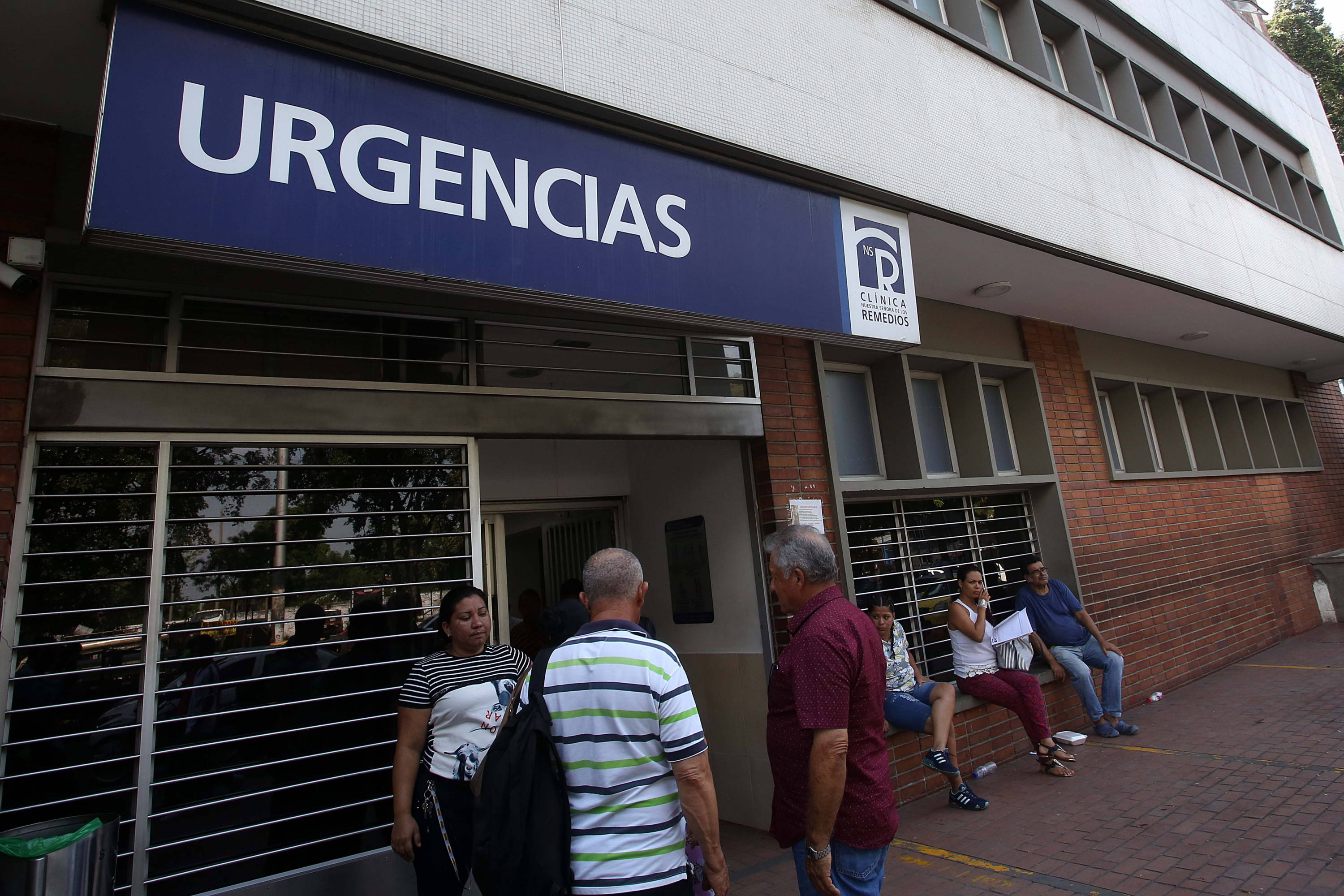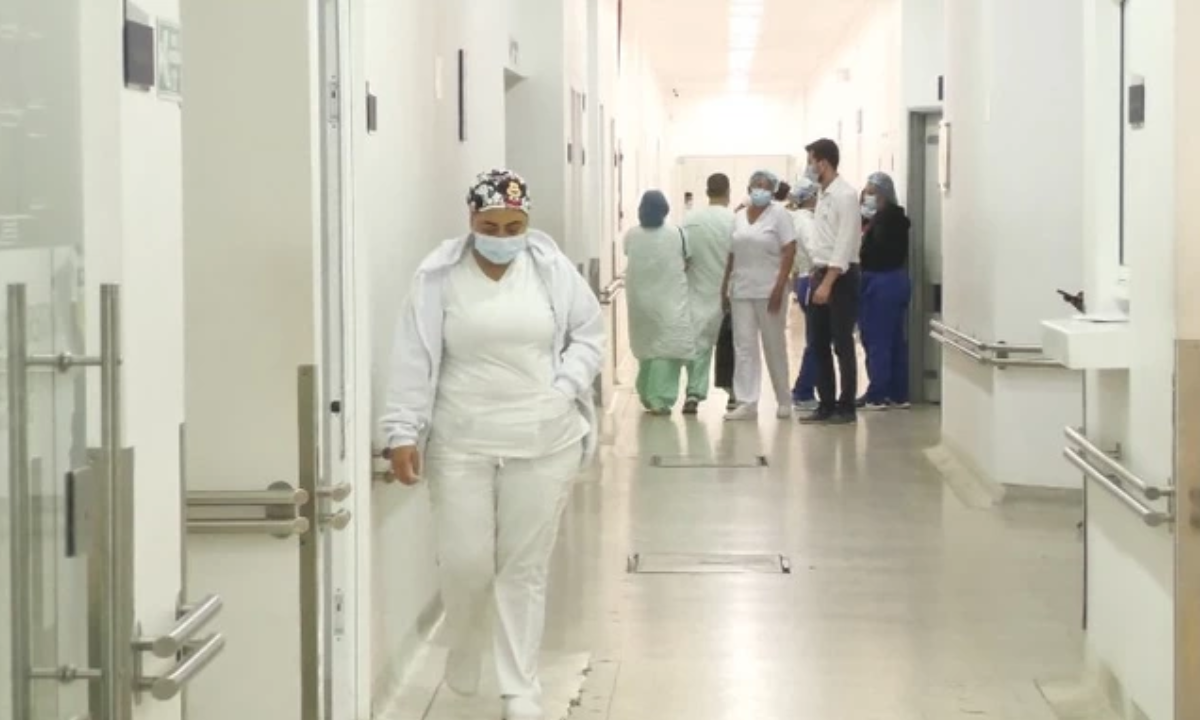How will the healthcare system and patient care change with the new model decreed by the government?

Decree 0858 of 2025, issued this week by the National Government, substantially redefines how healthcare will be organized and delivered in Colombia. The model, known as "Preventive, Predictive, and Resolute," seeks to implement a large part of the healthcare reform that failed to advance in Congress, shifting the system's focus toward prevention, primary care, and territorial management. However, multiple experts and patient organizations have warned that the risks of improvisation, lack of coordination, and lack of resources could end up harming users.

Millions of patients in Colombia will see their access to medical care change. Photo: Néstor Gómez - EL TIEMPO
One of the main changes for patients is that under the new model, users will be obligatorily assigned to Primary Health Care Centers (CAPS), located in each "functional subregion" defined by the Ministry of Health. Their care will be coordinated from there. However, this change has raised deep concerns. "The redefinition of the roles of the EPSs and the creation of new care networks could affect the continuity of patients' treatment," warned Luis Jorge Hernández, a public health physician and professor at the University of the Andes. According to him, the decree does not specify how this transition will take place or how it will be ensured that patients with chronic illnesses maintain their treatment without interruptions.
Basically, a person will no longer be treated through the route defined by their EPS, which previously handled referrals to clinics, exam coordination, and administrative management. Now, with the new model, their care will depend on different actors, some public and some private. The CAPS, for example, would be clinics or hospitals, but these also depend on the Ministries of Health and would similarly rely on the Health Promotion Entities (EPS), which, although they cannot be transformed by decree, see a change in their functions with this new regulation.
In this regard, experts' criticism also points to the lack of clear coordination between the different levels of the system. If a patient needs to be transferred from the CAPS to medium- or high-complexity care, there is no certainty about how this referral will be coordinated. The Colombian Association of Integral Medicine Companies (ACEMI), which represents the EPSs of the contributory system, has been emphatic about the risks this would entail.
“Confusion persists regarding which actor will be responsible for redirecting patients when they need specialized or more complex care,” explained its president, Ana María Vesga. She also noted that the model does not establish a clear care pathway and “denaturalizes the role of the EPSs without an institutional redesign that would guarantee continuity.”

The new model proposes profound changes in the way healthcare is accessed. Photo:
For Andrés Vecino, an analyst at Johns Hopkins University, the decree echoes the mistakes of the health reform that has failed to advance in Congress. "It subordinates IPSs to belonging to a network authorized by the Ministry of Health," he stated, and "it dilutes the governance of the system; no one is responsible for the patients." In his opinion, the risks are high: a disjointed system can end up generating more paperwork, more barriers to access, and less clarity about who is responsible when something goes wrong.
In addition to organizational uncertainty, the issue of resources is another critical warning. The model indicates the need for investment in infrastructure, the hiring of new health equipment, transportation to reach remote areas, and the strengthening of the public network. However, the decree does not create a new source of funding. According to Vecino, its implementation would cost "an entire tax reform." Despite this, the Ministry maintains that it will be financed with existing resources from the General Social Security System in Health, the General National Budget, royalties, and international cooperation.
One of the points that stands out in the decree is the so-called "social profitability," a concept established within the text that makes it clear that the State must finance the expansion of the public hospital network (building more public hospitals and health centers) even if they are not profitable. In other words, in the midst of a financing crisis, the Government would have no problem increasing the fiscal gap generated by the system.

Guillermo Alfonso Jaramillo, Minister of Health Photo: Ministry of Health
The Colombian Society of Anesthesiology and Resuscitation (SCARE) has been one of the organizations that has spoken out about the seriousness of the worsening financial crisis. "Funding continues to fall on the same system resources, which the Constitutional Court and the Comptroller's Office have identified as insufficient," they stated in a statement. They added that the decree assigns new functions to local entities without first strengthening their administrative or technical capacity, which could exacerbate bottlenecks in local health management.
The Pacientes Colombia movement strongly rejects the decree. "It imposes a healthcare model without guarantees or clarity," said spokesperson Denis Silva. According to him, millions of citizens don't know what the CAPS they must enroll in consists of, where it will be located, or who will care for them. "This doesn't resolve the system's crisis; rather, it politicizes resources, increases preventable deaths, and condemns thousands of patients to pay out of pocket," he said.
Patients with high-cost, chronic, or rare diseases would be the most affected if care pathways are not clarified. The EPSs would no longer be responsible for coordinating all care, but would instead function as articulated actors with regional networks. However, the exact implications of this change and how treatment continuity will be implemented in each case have not been defined.

Medical organizations, patients, and analysts warn about the lack of resources and risks of the model. Photo: Valle del Cauca Governor's Office
However, not all opinions are critical. Francisco Castellanos, director of the Patient Defense Organization, offers a different perspective. For him, the decree "is undoubtedly a step forward in public health policy in Colombia, which seeks to reorganize the health system from the local level to ensure more equitable, continuous, and effective access to services in the regions." Castellanos emphasizes that this model recognizes regional inequalities and seeks to address them with a differentiated approach through initiatives such as Basic Health Teams, which would visit each person's home in remote areas.
Even so, he admits there are obstacles to overcome. “There are challenges, of course, and the main one is that there may be barriers to coordination between the different actors in the system,” he acknowledges. But he insists that, if there is political and technical will, the model can be consolidated. “Health is a right of the population; it is a public good. It is the State's obligation to guarantee access to health services throughout the country, not just in the main cities,” he concludes.
Just days after its issuance, Decree 0858 continues to generate deep divisions among stakeholders in the health sector. While some see it as a bid to reorganize and territorialize the system, others fear that without resources, a clear timeline, and effective coordination, the changes will end up deepening the crisis and affecting the care of millions of people . This is a health system already suffering from a lack of resources, and which, according to experts, would only worsen its ailments with this new regulation.
Environment and Health Journalist
eltiempo




